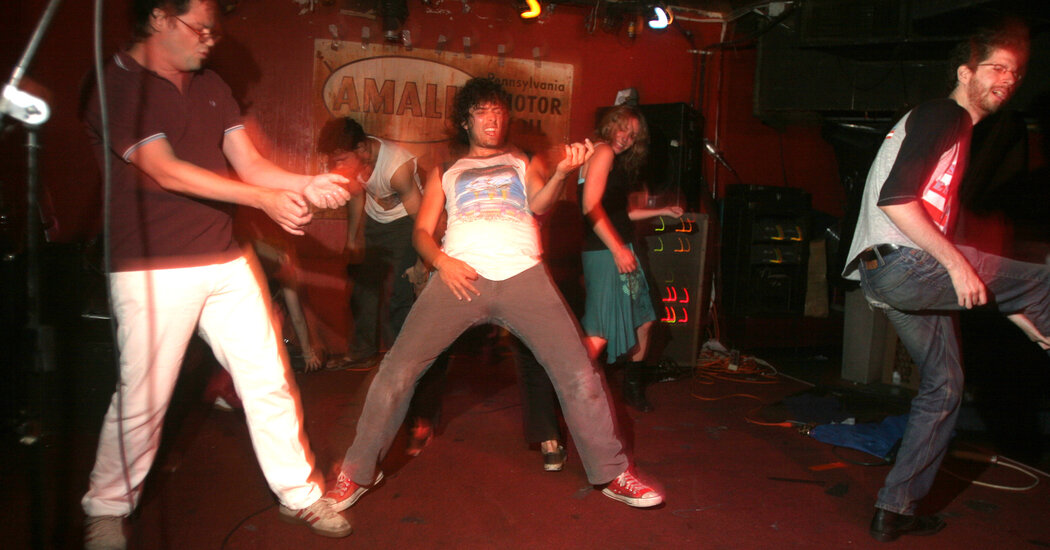
Times Insider explains who we are and what we do and delivers behind-the-scenes insights into how our journalism comes together.
Walk along a certain stretch of North Sixth Street in Williamsburg, Brooklyn, and you might wonder if you’ve stumbled into any upscale shopping district in the United States. A block away from an Hermès store, you’ll find a Chanel, Warby Parker, Lululemon and several other chain retailers.
The neighborhood wasn’t always this commercialized. Steven Kurutz, a reporter on the Styles desk at The New York Times, lived in Brooklyn for more than 20 years during the ’90s and 2000s. He remembers when Williamsburg had “a kind of grittiness to it,” a place where artists seeking cheap rent moved next door to Hispanic and Hasidic communities, he said.
He knew that Williamsburg had changed. For many New Yorkers, the area has come to represent a certain era of gentrification in the city, with glass-walled condominiums, retail stores and boutique hotels lining formerly industrial streets.
“The global rich is in that neighborhood now,” Mr. Kurutz said.
With luxury fashion houses setting up shop in the area, Mr. Kurutz thought a piece of journalism could chart the neighborhood’s transformation.
The result, published in The Times last month, is a comprehensive timeline and visual history of Williamsburg’s evolution over the last three and a half decades. The article does not offer an exhaustive history of Williamsburg or the communities that have called the neighborhood home. Instead, it showcases a brief history of its transformation, chronicling changes such as its evolving music scene, restaurant openings (and closings) and new residential developments.
The article is anchored by archival photography. Images depict store fronts, street corners, residents and other elements found in the Williamsburg of yesteryear. Christy Harmon, a photo editor on the Styles desk, was instrumental in tracking down the archival footage. It was not an easy task: Images predating the year 2000, before the rise of digital photography and the existence of online photo caches like Flickr, were scant, she said.






